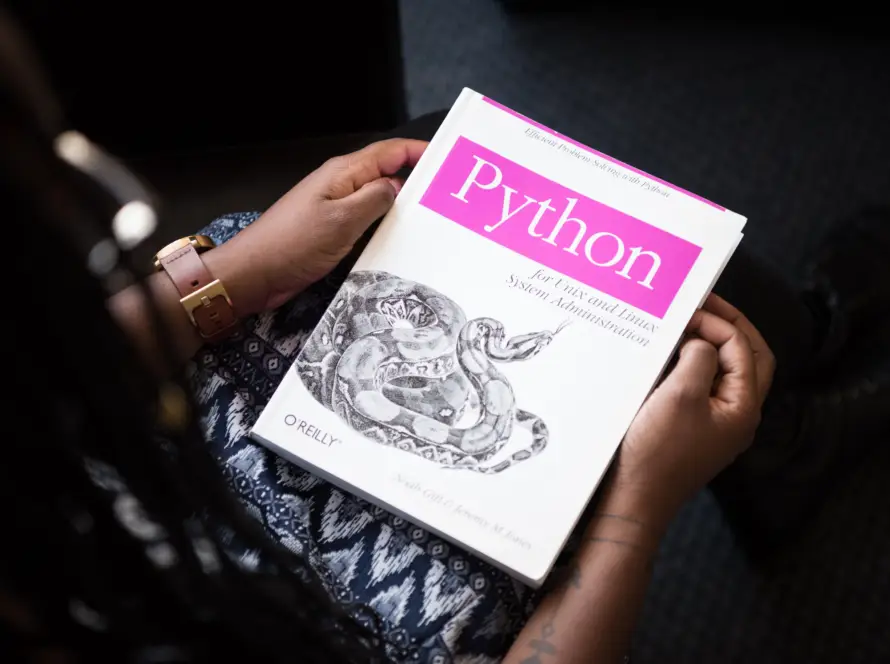Generated by Contentify AI

Python sets are a powerful and versatile data structure that offer a wide range of functionalities for managing unordered collections of unique elements. This guide aims to provide a comprehensive overview of Python sets, from foundational concepts to advanced techniques, equipping readers with the knowledge and skills needed to leverage sets effectively in their programming endeavors.
To begin, we will delve into the fundamental properties of sets, exploring their unique characteristics and practical applications. From there, we will navigate through the essential operations and methods available for manipulating sets, uncovering the diverse ways in which sets can be utilized to streamline data processing and analysis. Additionally, we will investigate advanced set manipulations, such as set algebra and set comprehension, offering insights into how sets can be leveraged for complex problem-solving scenarios.
Furthermore, this guide will elucidate the benefits of using sets in Python, shedding light on their efficiency and versatility in comparison to other data structures. Readers will gain a thorough understanding of when and how to harness the power of sets to optimize their code and enhance the performance of their applications. By the end of this comprehensive exploration, aspiring and seasoned Python developers alike will emerge with a profound appreciation for the utility of sets and a mastery of their capabilities, empowering them to elevate their programming prowess. Whether new to sets or seeking to advance existing knowledge, this guide serves as an invaluable resource for mastering Python sets and harnessing their full potential.
Key Takeaways
- Sets in Python are a collection of unordered elements with no duplicate values.
- Basic operations on sets include adding elements, removing elements, and checking for membership.
- Advanced operations on sets involve methods like union, intersection, difference, and symmetric difference.



